Turkish Hair
Transplant Clinic
Turkish clinic for hair transplants
in Moscow in St. Petersburg
and Makhachkala
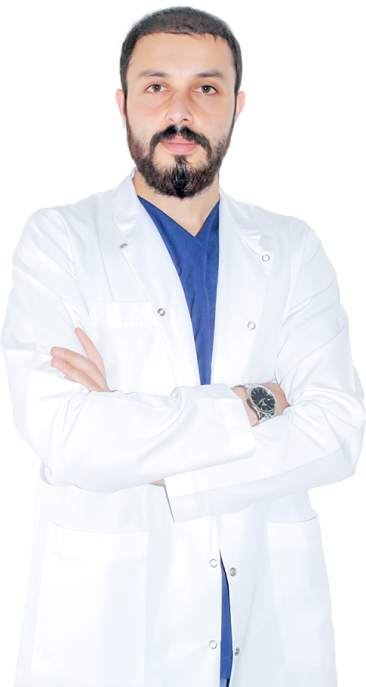
Dr. Sefa Sarıkurt
years of experience
successes
satisfied customers
We have been practicing hair transplantation for more than 10 years, 5 of them in Russia. We perform operations in Moscow, in Makhachkala and in St. Petersburg.
Calculate the cost
hair transplants in 5 steps!
Hair transplant services
- FUE or DHI method
- Professional translation services
- Discharged the day after surgery
- Preoperative investigations
- Transportation (hotel - clinic - hospital)
- Support with medications, shampoos and lotions
- Counseling and treatment planning
- Laser treatment after hair transplantation
- Official medical certificate
Hair transplant services
FUE or DHI method
Professional translation services
Discharged the day after surgery
Preoperative investigations
Transportation (hotel - clinic - hospital)
Support with medications, shampoos and lotions
Counseling and treatment planning
Laser treatment after hair transplantation
Official medical certificate
Results
Professional service, natural results.
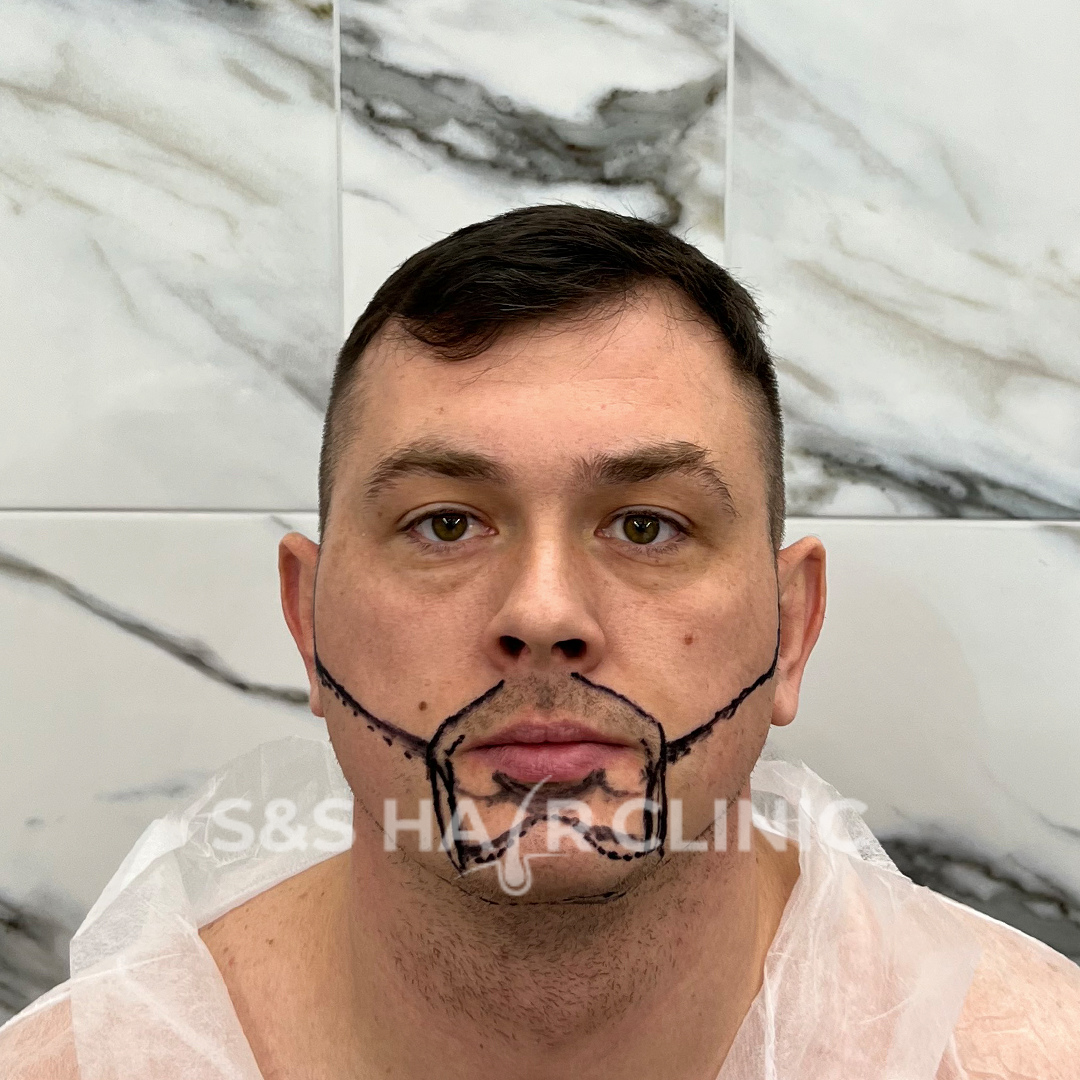
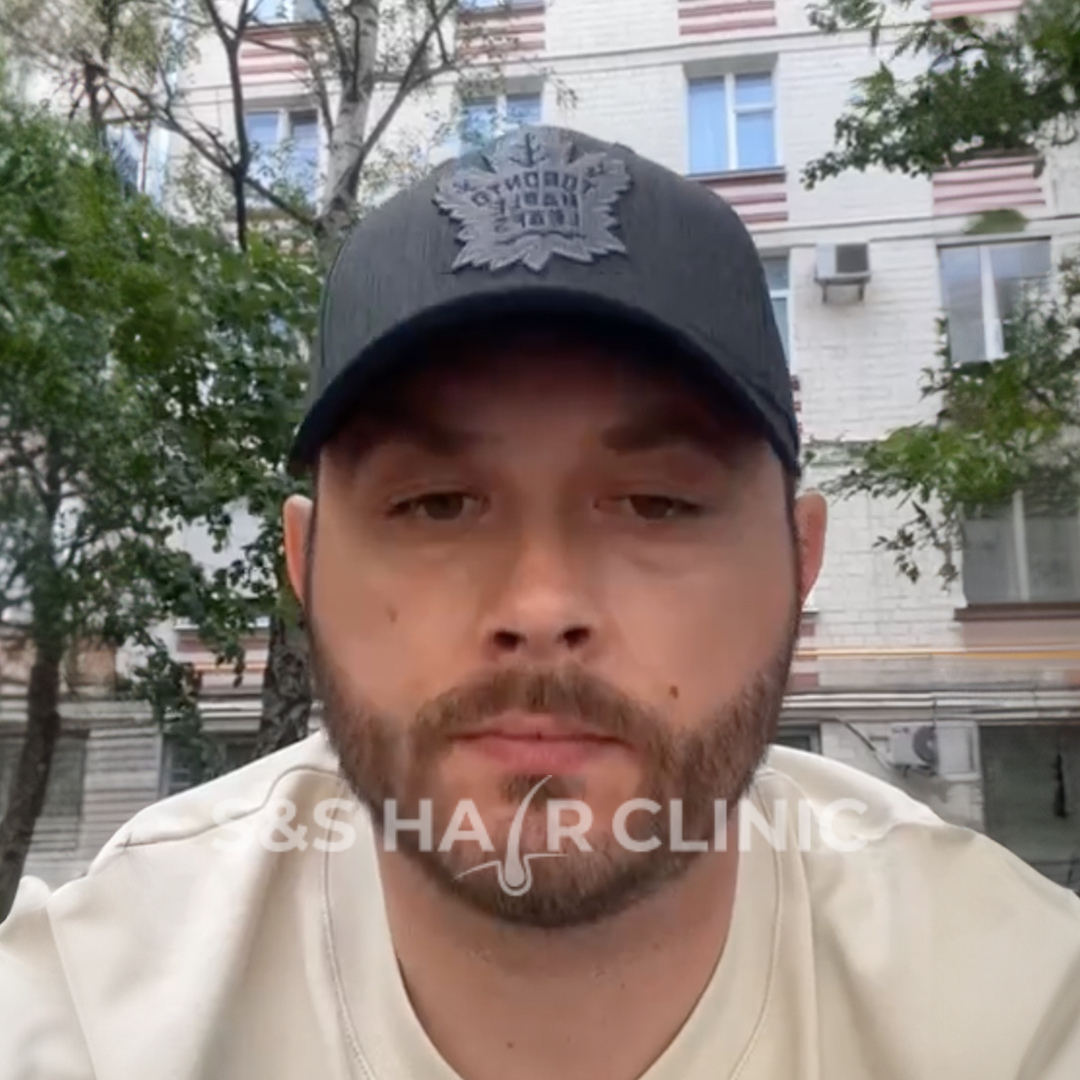
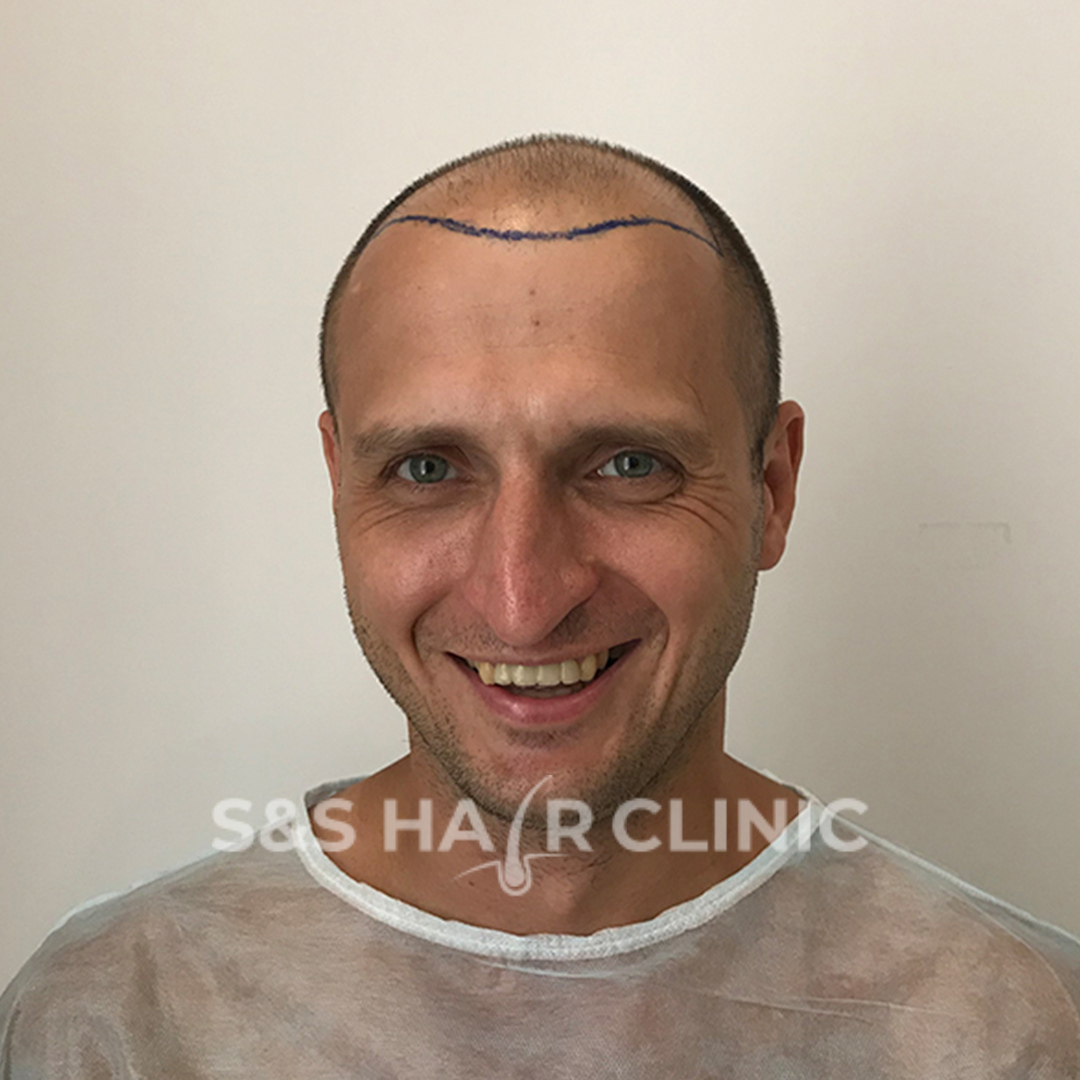
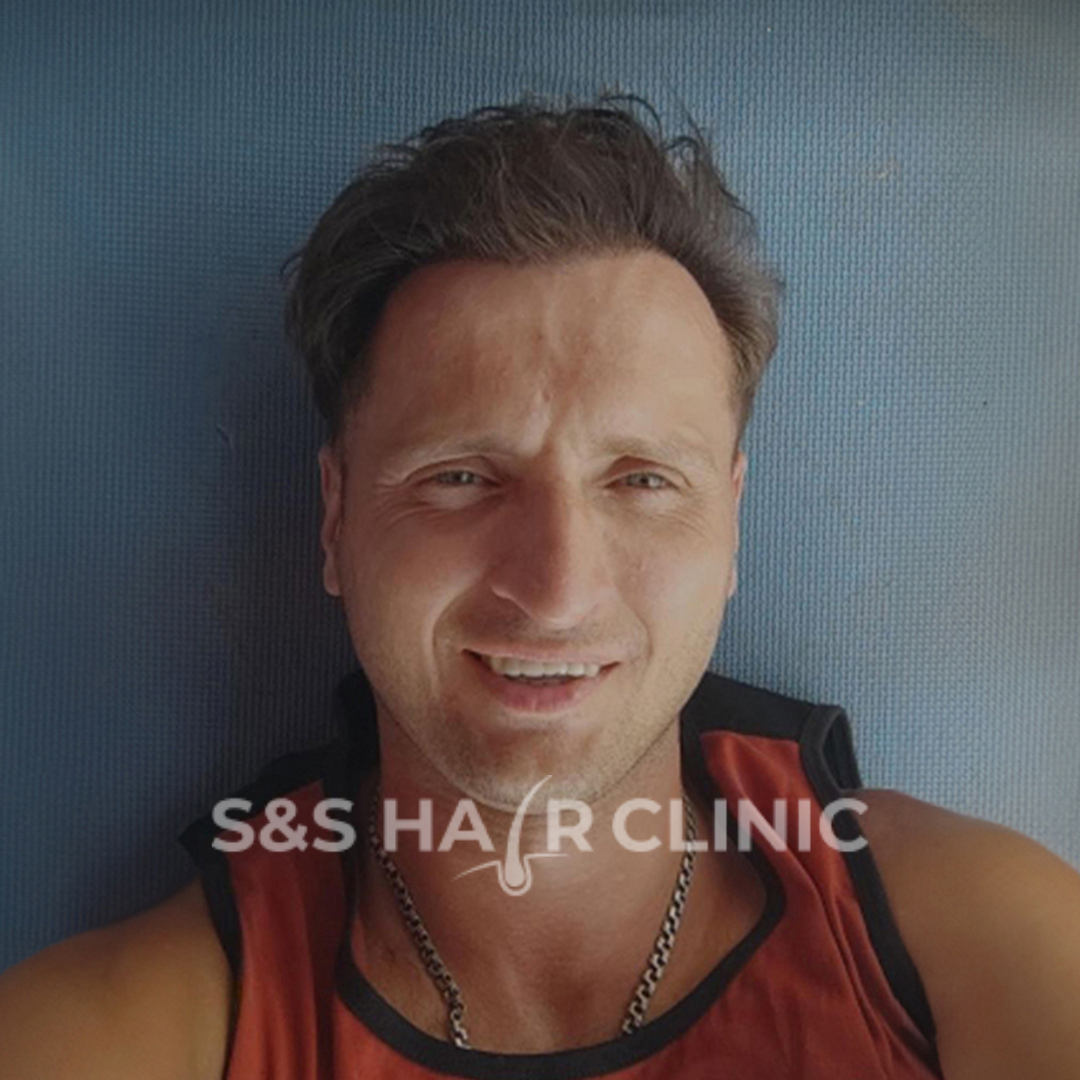
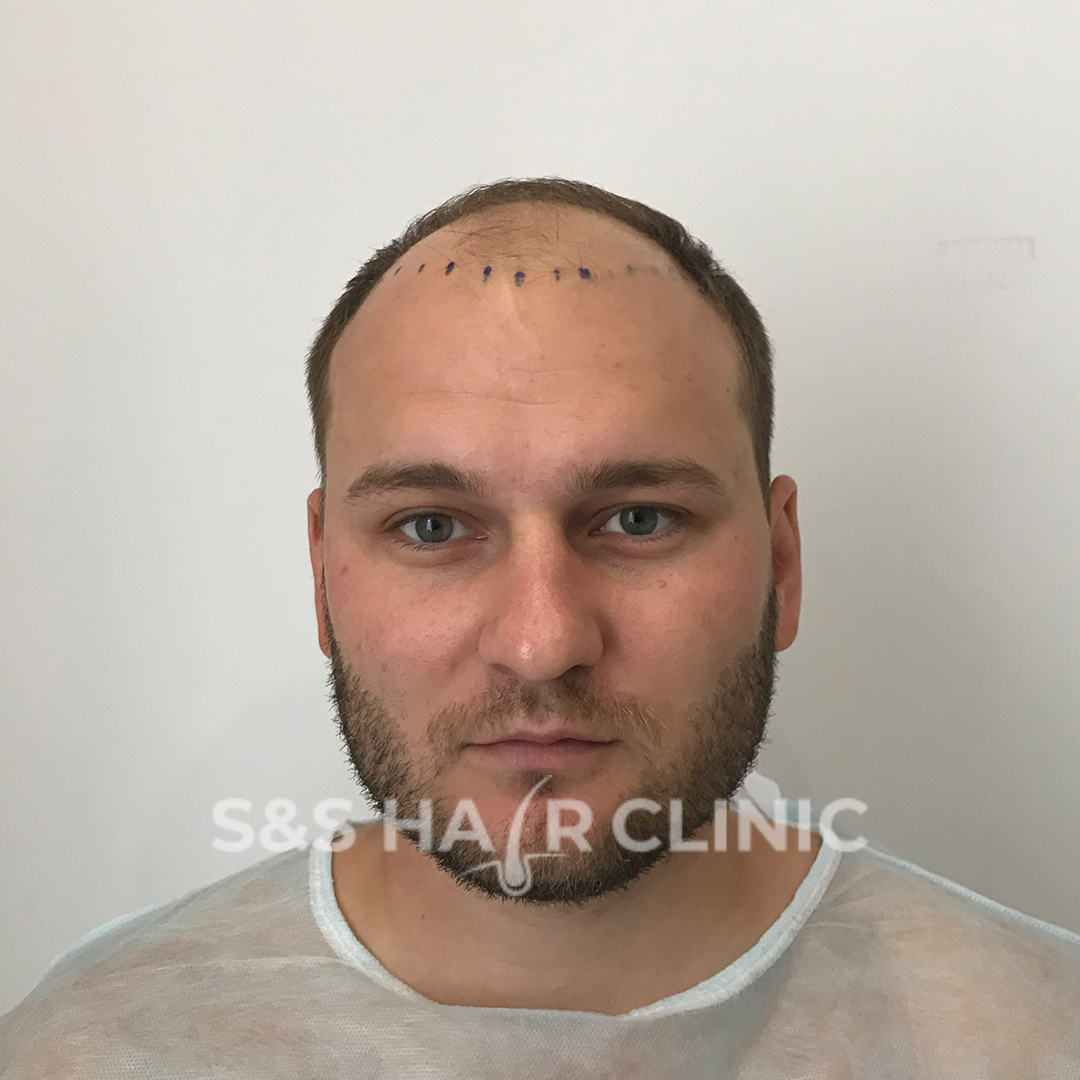
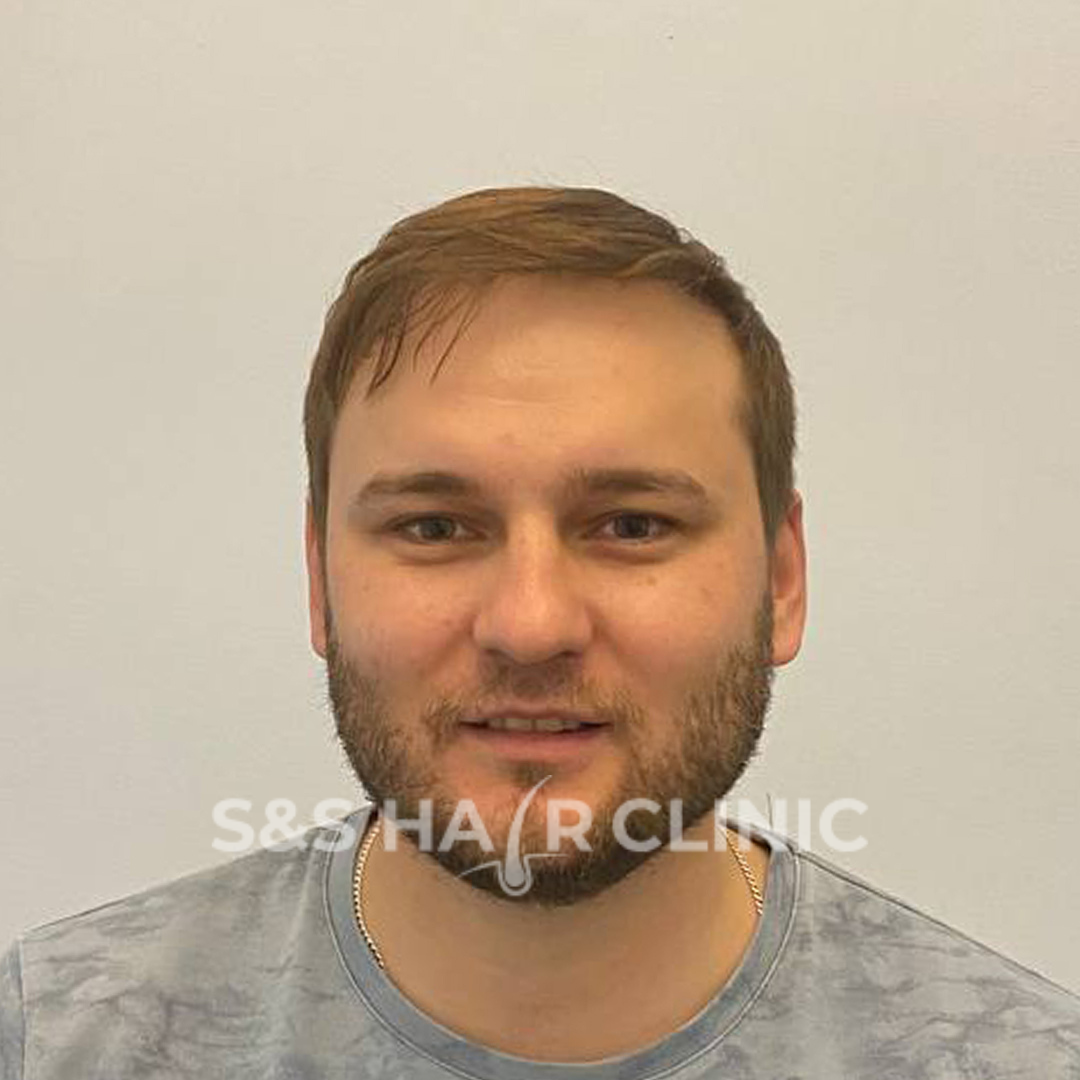
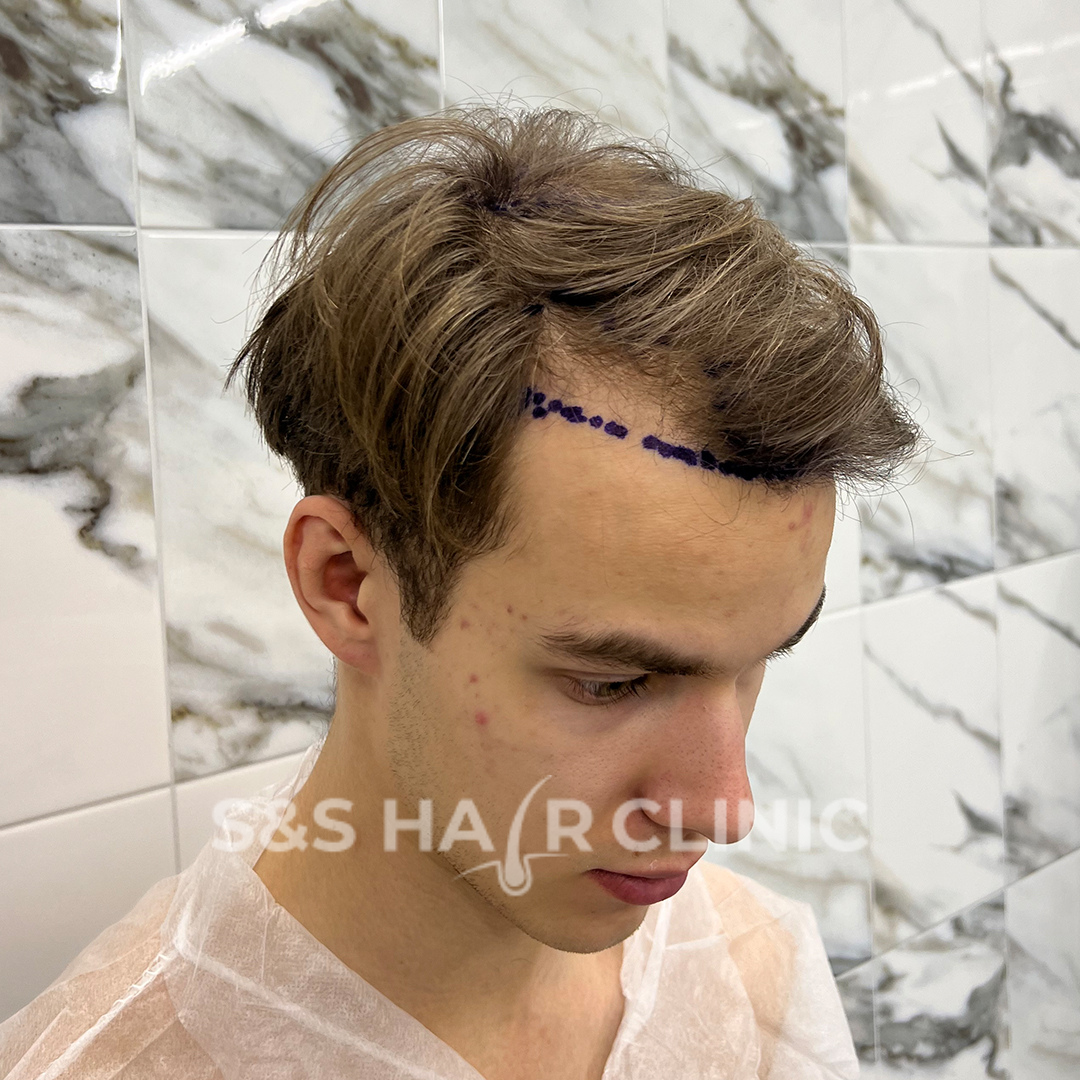
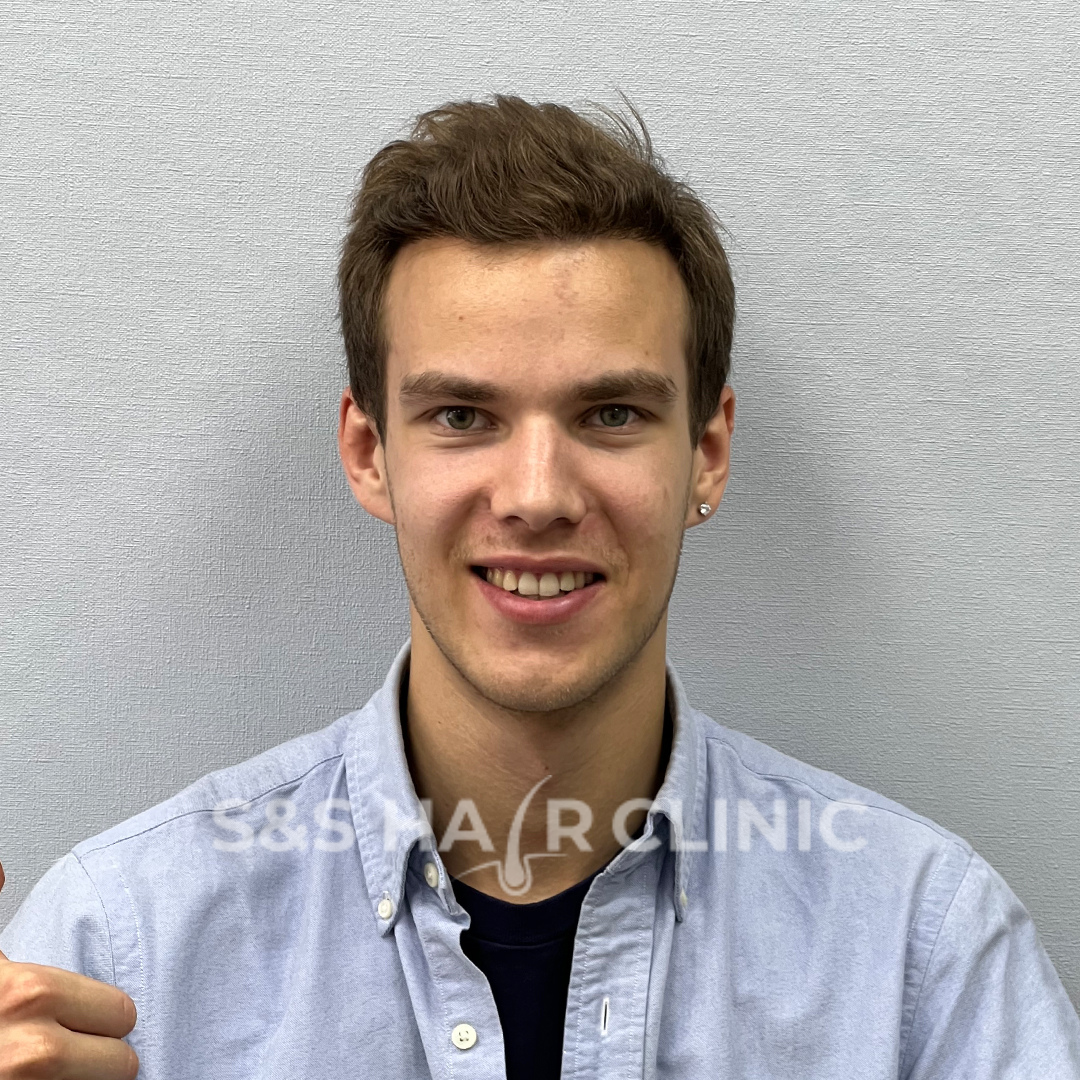
Pre-operative and post-operative scans of our patients and We have compiled their evaluations for you.
Why S&S Hair Clinic?
New hair, new you!
Seeding in 1 day
Transplanting selections per head medium at intervals Takes 6-8 hours.
No pain and no scarring
Modern method of transplantation, local anesthesia without pain and discomfort. Surgery without stitches or scars.
Success rate 97
DHI and Sapphire FUE transplants combined with PRP (Plasmalografting) give excellent results, and the PRP procedure promotes further hair treatment.
Lifetime warranty
The lifetime guarantee is backed by a clinical certificate that is given to all patients after surgery.
Why S&S Hair Clinic?
New hair, new you!
Seeding in 1 day
Transplanting selections per head medium at intervals Takes 6-8 hours.
No pain and no scarring
Modern method of transplantation, local anesthesia without pain and discomfort. Surgery without stitches or scars.
Success rate 97
DHI and Sapphire FUE transplants combined with PRP (Plasmalografting) give excellent results, and the PRP procedure promotes further hair treatment.
Lifetime warranty
The lifetime guarantee is backed by a clinical certificate that is given to all patients after surgery.
What is Sapphire FUE?
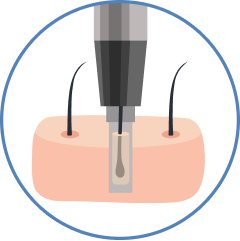
- The Sapphire FUE process uses specially designed sapphire needles to extract hair follicles. Sapphire is the preferred material due to its sharpness and durability. Sapphire needles help to remove hair follicles more precisely.
- Sapphire needles cause less damage to tissue by making smaller incisions. This helps to speed up the healing process and make scars less noticeable.
- Sapphire FUE allows hair follicles to be extracted and transplanted at a more natural angle. This makes the results look more aesthetically pleasing and natural.
- The Sapphire FUE procedure is often accompanied by less pain and discomfort. Sharper needles and less tissue damage make the healing process more comfortable.
- The healing process after a Sapphire FUE procedure is usually faster. No stitches are required and healing is easier because there is less scarring.
- Sapphire FUE allows for more frequent and precise extraction and transplantation of hair follicles, which can lead to increased hair density.
DHI Method
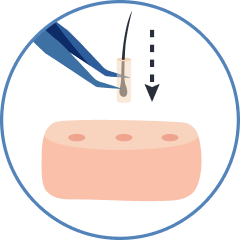
- DHI uses a special instrument, the Choi Pen, to extract and transplant hair follicles. After removing the hair follicles, Choi Pen places them directly on the scalp. This allows the hair follicles to heal faster and hold on better.
- The DHI technique uses a special needle to remove hair follicles and therefore results in less tissue damage. This helps to speed up the healing process and make scars less noticeable.
- No stitches are required for the DHI procedure. Because the hair follicles are placed directly, there is a reduced risk of scarring and stitches after the procedure.
- The DHI technique allows hair follicles to be transplanted at a more natural angle and higher density. This makes the results look more aesthetically pleasing and natural.
- The DHI procedure is often accompanied by less pain and discomfort. Sharper needles and less tissue damage allow for a more comfortable healing process.
- The DHI technique allows hair follicles to be transplanted more frequently and precisely, which can lead to increased hair density.
- The recovery process after a DHI procedure is usually faster and the patient can return to daily activities in a shorter period of time.
What is Sapphire FUE?

- The Sapphire FUE process uses specially designed sapphire needles to extract hair follicles. Sapphire is the preferred material due to its sharpness and durability. Sapphire needles help to remove hair follicles more precisely.
- Sapphire needles cause less damage to tissue by making smaller incisions. This helps to speed up the healing process and make scars less noticeable.
- Sapphire FUE allows hair follicles to be extracted and transplanted at a more natural angle. This makes the results look more aesthetically pleasing and natural.
- The Sapphire FUE procedure is often accompanied by less pain and discomfort. Sharper needles and less tissue damage make the healing process more comfortable.
- The healing process after a Sapphire FUE procedure is usually faster. No stitches are required and healing is easier because there is less scarring.
- Sapphire FUE allows for more frequent and precise extraction and transplantation of hair follicles, which can lead to increased hair density.
DHI Method
- DHI uses a special instrument, the Choi Pen, to extract and transplant hair follicles. After removing the hair follicles, Choi Pen places them directly on the scalp. This allows the hair follicles to heal faster and hold on better.
- The DHI technique uses a special needle to remove hair follicles and therefore results in less tissue damage. This helps to speed up the healing process and make scars less noticeable.
- No stitches are required for the DHI procedure. Because the hair follicles are placed directly, there is a reduced risk of scarring and stitches after the procedure.
- The DHI technique allows hair follicles to be transplanted at a more natural angle and higher density. This makes the results look more aesthetically pleasing and natural.
- The DHI procedure is often accompanied by less pain and discomfort. Sharper needles and less tissue damage allow for a more comfortable healing process.
- The DHI technique allows hair follicles to be transplanted more frequently and precisely, which can lead to increased hair density.
- The recovery process after a DHI procedure is usually faster and the patient can return to daily activities in a shorter period of time.

Frequently Asked Questions
Frequently Asked Questions
The cost varies with the transplant method and the number of grafts. Please ask our specialist for more precise information.
On average 6-9 hours depending on the number of grafts and the grafting method.
- When you are outdoors after surgery, the transplanted area should be protected from the risk of contamination from external factors such as dust and rainwater for 10 days.
- For 10 days, you should avoid direct sun exposure and try not to sweat
You should lie on your back as much as possible and not turn to the left or right while sleeping. Use a neck pillow or a rolled up towel under your neck to limit movement while you sleep.
Unfortunately no, but our team of professionals will make it all look as natural as possible. No sign of surgical intervention.
You will feel better the very next day, but the first 10 days are a rehabilitation period. You will be able to return to work in 3 days.
Do not tilt your head forward, try to keep your head straight for 10 days
Avoid coffee, salt, carbonated drinks, cigarettes and alcohol for 10 days
Avoid sauna, bathing and heavy sports for 1.5 months
When you are outdoors after surgery, the transplanted area should be protected from the risk of contamination from external factors such as dust and rainwater for 10 days.
-
- For 10 days, you should avoid direct sun exposure and try not to sweat
Transplanted hair can be trimmed for 3 months with scissors only when a haircut is required.For the back of the head, a razor can be used after 1.5 months
- For 10 days, you should avoid direct sun exposure and try not to sweat
You can see the results of hair transplantation after 6-8 months, but the process can take up to 12 months.
- For 10 days, you should avoid direct sun exposure and try not to sweat
After a hair transplant, there are a few important things to pay attention to. For the first 1-2 weeks, the transplanted area should be protected from direct sunlight and protected from physical impact. In the first few days, it is not recommended to touch, massage or scratch the transplanted area vigorously. Regarding shampooing of the hair, proceed as recommended by the clinic. You should not scrape off the crusts that may form in the first few days with your hands and wait for them to fall off by themselves. Also, if your doctor recommends any medications, lotions, or shampoos, you should act on those recommendations. Care after hair transplantation plays an important role in the success of the outcome.
The cost varies with the transplant method and the number of grafts. Please ask our specialist for more precise information.
On average 6-9 hours depending on the number of grafts and the grafting method.
- When you are outdoors after surgery, the transplanted area should be protected from the risk of contamination from external factors such as dust and rainwater for 10 days.
- For 10 days, you should avoid direct sun exposure and try not to sweat
You should lie on your back as much as possible and not turn to the left or right while sleeping. Use a neck pillow or a rolled up towel under your neck to limit movement while you sleep.
Unfortunately no, but our team of professionals will make it all look as natural as possible. No sign of surgical intervention.
You will feel better the very next day, but the first 10 days are a rehabilitation period. You will be able to return to work in 3 days.
Do not tilt your head forward, try to keep your head straight for 10 days
Avoid coffee, salt, carbonated drinks, cigarettes and alcohol for 10 days
Avoid sauna, bathing and heavy sports for 1.5 months
When you are outdoors after surgery, the transplanted area should be protected from the risk of contamination from external factors such as dust and rainwater for 10 days.
-
- For 10 days, you should avoid direct sun exposure and try not to sweat
Transplanted hair can be trimmed for 3 months with scissors only when a haircut is required.For the back of the head, a razor can be used after 1.5 months
- For 10 days, you should avoid direct sun exposure and try not to sweat
You can see the results of hair transplantation after 6-8 months, but the process can take up to 12 months.
- For 10 days, you should avoid direct sun exposure and try not to sweat
After a hair transplant, there are a few important things to pay attention to. For the first 1-2 weeks, the transplanted area should be protected from direct sunlight and protected from physical impact. In the first few days, it is not recommended to touch, massage or scratch the transplanted area vigorously. Regarding shampooing of the hair, proceed as recommended by the clinic. You should not scrape off the crusts that may form in the first few days with your hands and wait for them to fall off by themselves. Also, if your doctor recommends any medications, lotions, or shampoos, you should act on those recommendations. Care after hair transplantation plays an important role in the success of the outcome.
